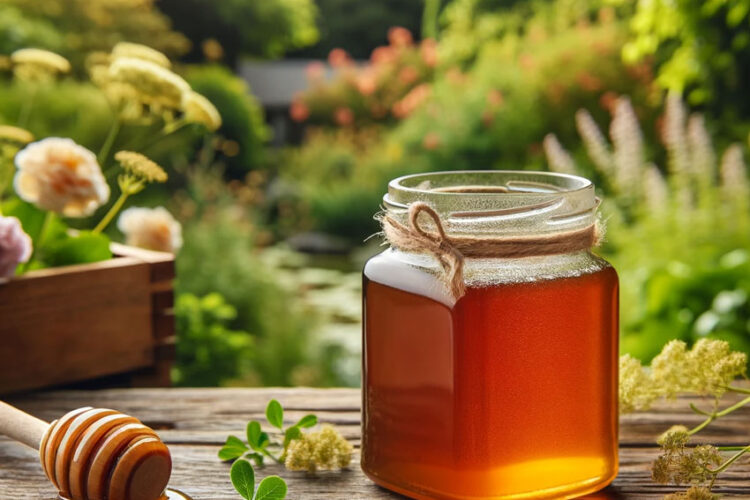Manuka honey is a type of honey that is produced in New Zealand from the nectar of the manuka tree. It is known for its unique flavor and medicinal properties. One of the most important factors in determining the quality of manuka honey is the UMF rating.
Understanding UMF in manuka honey is important for those who are looking to use this honey for its medicinal properties. The UMF rating can help determine the potency of the honey and its potential health benefits. In this article, we will take a closer look at what UMF is and how to choose manuka honey based on its UMF rating.
Key Takeaways
- UMF stands for Unique Manuka Factor and is a grading system used to measure the antibacterial activity of manuka honey.
- The UMF rating is based on the concentration of three compounds: Methylglyoxal (MGO), Dihydroxyacetone (DHA), and Leptosperin.
- Understanding UMF in manuka honey is important for those looking to use it for its medicinal properties.
Understanding UMF in Manuka Honey
UMF Rating System
UMF stands for Unique Manuka Factor, and it is a grading system developed by the UMF Honey Association in New Zealand. The UMF rating system is used to measure the concentration of specific compounds that are unique to Manuka honey, including Methylglyoxal (MGO) and Leptosperin. These compounds are responsible for the honey’s renowned antibacterial and health-promoting properties. The higher the UMF rating, the greater the concentration of these beneficial compounds.
The UMF rating system is a measure of the quality and purity of Manuka honey. The UMF Honey Association tests and certifies Manuka honey products to ensure that they meet the strict standards set for UMF ratings. The UMF rating system is internationally recognized, and it provides consumers with a reliable way to identify genuine Manuka honey products.
Benefits of UMF
Manuka honey with a high UMF rating has been shown to have a range of health benefits. These benefits are due to the unique compounds found in Manuka honey, including Methylglyoxal and Leptosperin. Some of the benefits of UMF Manuka honey include:
- Antibacterial properties: UMF Manuka honey has been shown to be effective against a range of bacteria, including antibiotic-resistant strains.
- Wound healing: UMF Manuka honey has been used for centuries to treat wounds and burns. Its antibacterial properties help to prevent infection, while its anti-inflammatory properties reduce inflammation and promote healing.
- Digestive health: UMF Manuka honey has been shown to have a positive effect on digestive health. It can help to soothe and heal the digestive tract, reduce inflammation, and improve overall gut health.
How to Choose Manuka Honey Based on UMF
UMF Vs Non-UMF Manuka Honey
UMF stands for Unique Manuka Factor, which is a grading system used to measure the antibacterial potency of Manuka honey. Manuka honey that is labeled as UMF is guaranteed to have a minimum level of antibacterial activity, which is not present in non-UMF Manuka honey. Non-UMF Manuka honey may still have some antibacterial properties, but it is not as potent as UMF Manuka honey.
Tips to Consider
When choosing Manuka honey based on UMF, it is important to consider the following tips:
- Look for a UMF rating of 10 or higher: This is the minimum UMF rating required for Manuka honey to be considered medicinal. A higher UMF rating indicates a higher level of antibacterial activity.
- Check the label: Authentic UMF Manuka honey must be produced, packed, and labeled in New Zealand. The label should also include the UMF rating and batch number.
- Consider the price: UMF Manuka honey is more expensive than non-UMF Manuka honey. Be wary of Manuka honey that is priced too low, as it may not be genuine.
- Store it properly: Manuka honey should be stored in a cool, dry place away from direct sunlight. It should also be kept in an airtight container to prevent moisture from getting in.





